
BOOKS
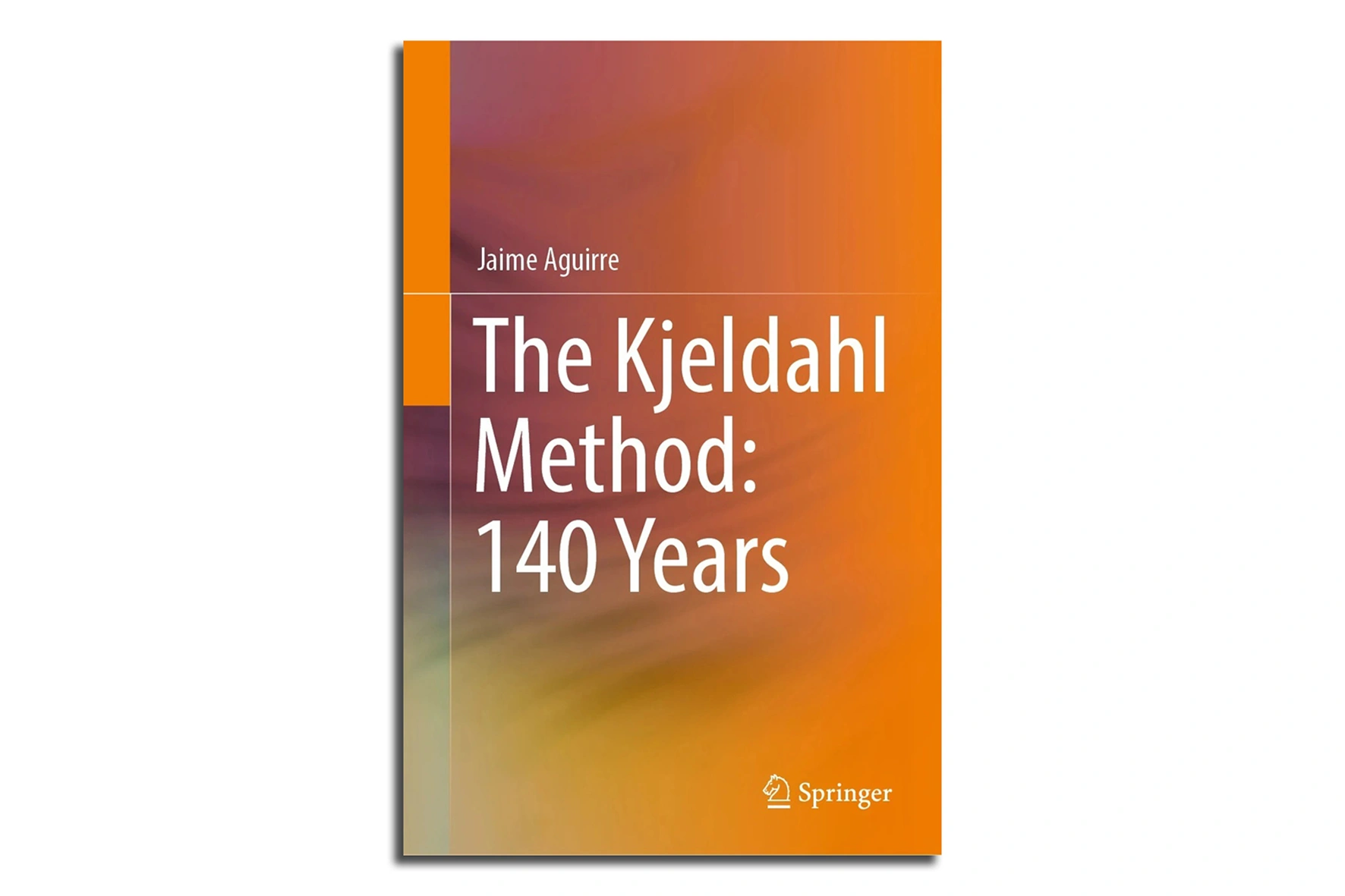
The Kjeldahl Method: 140 Years
This book provides a comprehensive survey of the Kjeldahl method and its modifications. It covers all relevant topics, including sample digestion and its variables, distillation and determination of ammonia, equipment development, and concludes with a review of the literature published on the method.
Since its introduction in 1883, the Kjeldahl method has been an essential analytical tool for nitrogen determination in research, academic and industrial laboratories. This makes the history of the Kjeldahl method of outstanding relevance to graduate students, postgraduate students, researchers, teachers, and laboratory staff in the fields of analytical chemistry, food/feed analysis, animal/human nutrition, soil/water analysis, and so forth.
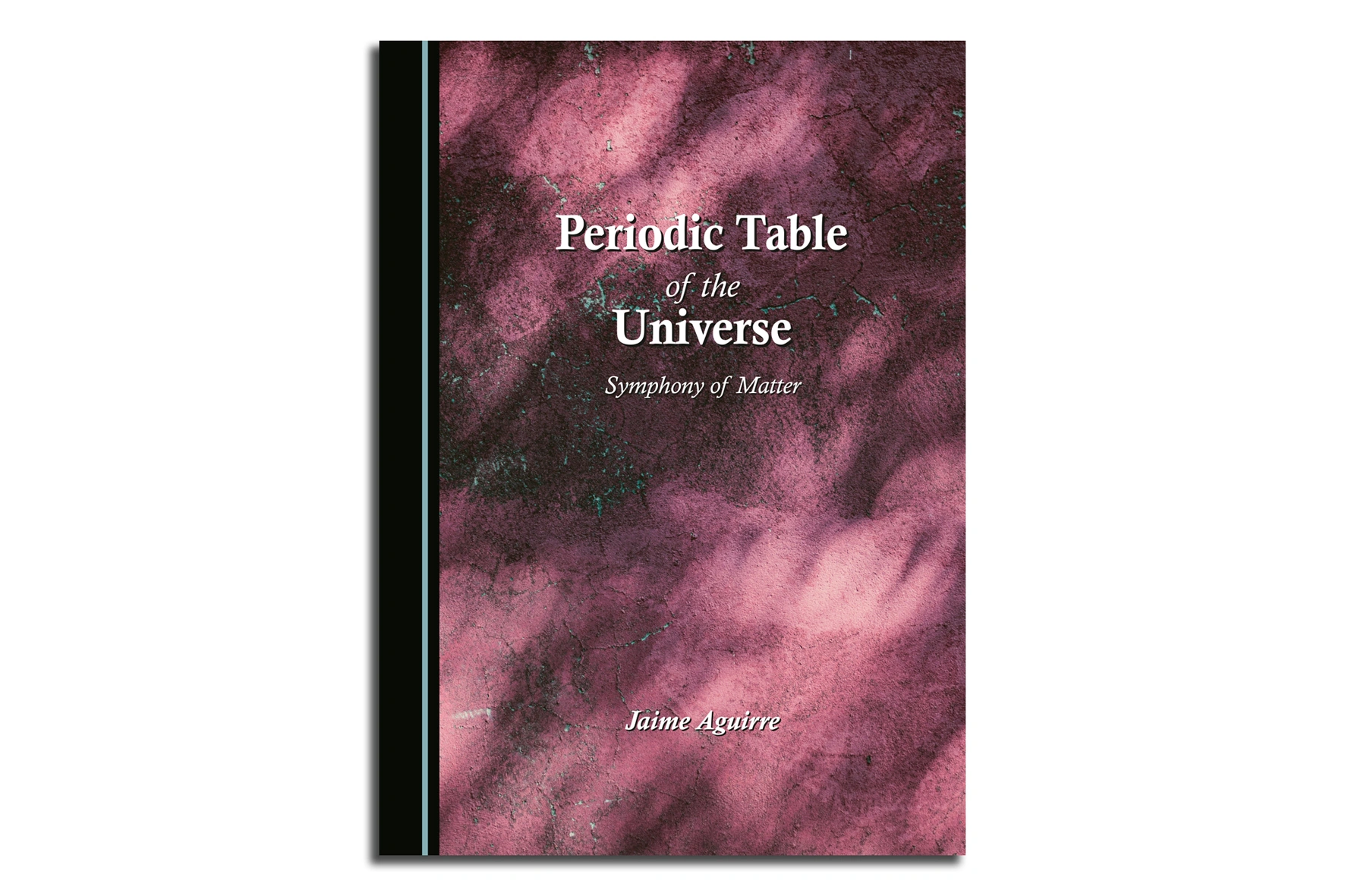
Periodic Table of the Universe
This compelling exploration unveils the cosmic dance of atoms, weaving the story of the universe through the lens of the periodic table. From the birth of elements in stellar furnaces to their role in the formation of planets and life, this book illuminates the fundamental building blocks of our existence.
This book reveals how the elements have shaped the cosmos, from their fiery birth in stars to their role in creating planets and life. Geared towards science enthusiasts, educators, and curious minds, this exploration showcases the periodic table as a dynamic, ever-evolving framework.
Discover the pivotal moments in the history of chemistry and astronomy and delve into the theories that explain the intricate dance of atoms.
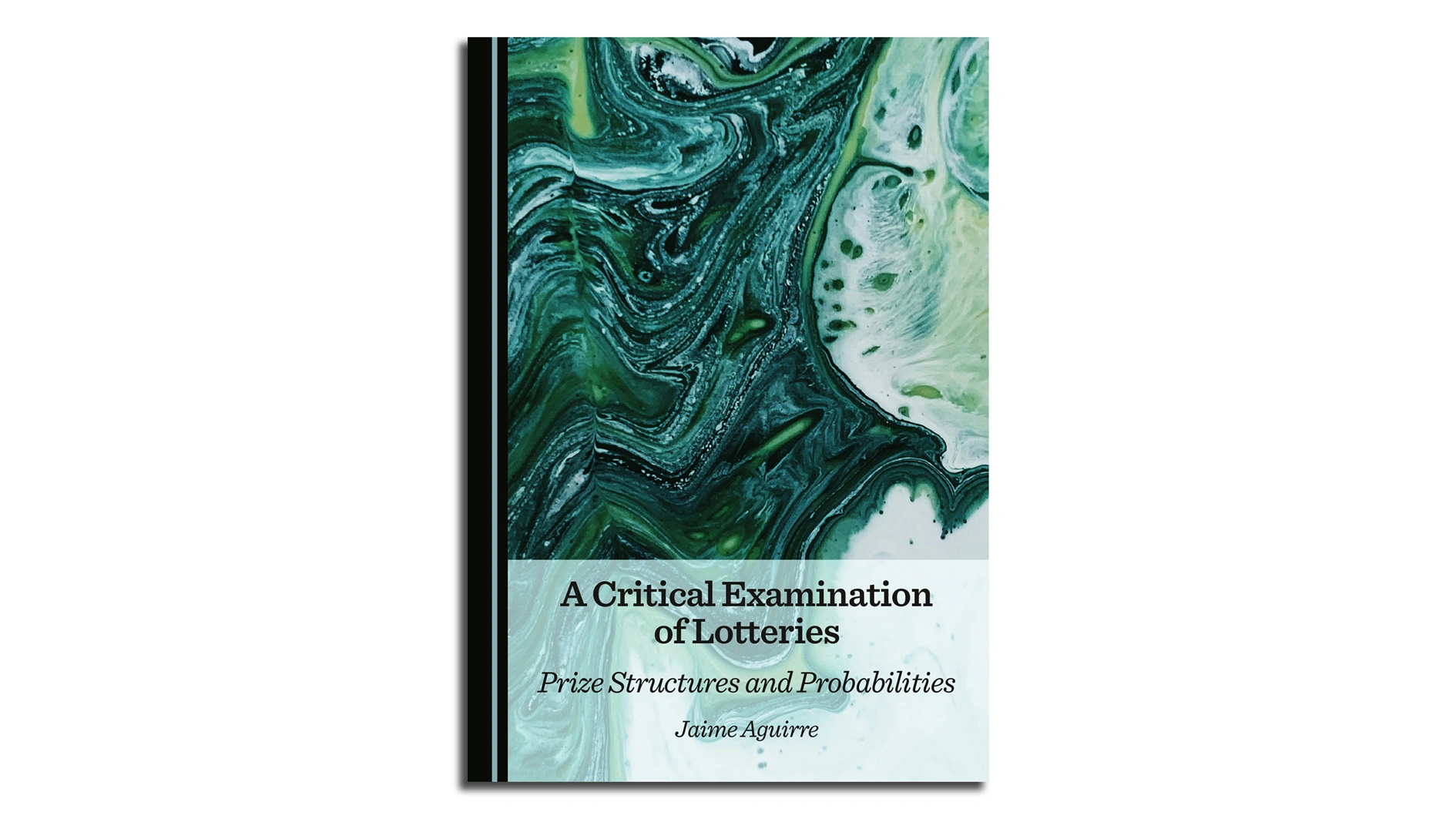
A Critical Examination of Lotteries
Discover the fascinating world of lotteries and the mathematics behind them. This book demystifies the concepts of chance, probability, and odds, explaining how they shape lottery games and outcomes. Through clear examples and step-by-step guidance, readers will learn how probabilities apply to simple and complex events, how to count outcomes using permutations and combinations, and how different draw methods impact the odds of winning.
From exploring which lotteries are easiest to win to debunking myths about lucky numbers, this book combines practical insights with a critical examination of common misunderstandings.
It also investigates the accuracy of official lottery data and the hidden layers behind jackpot claims.
Whether you are a math enthusiast, a lottery player curious about your chances, or simply someone fascinated by the science of randomness, this book is your guide to understanding the numbers behind the games.
Accessible and engaging, it is perfect for anyone eager to think critically about lotteries and the probabilities that govern them.
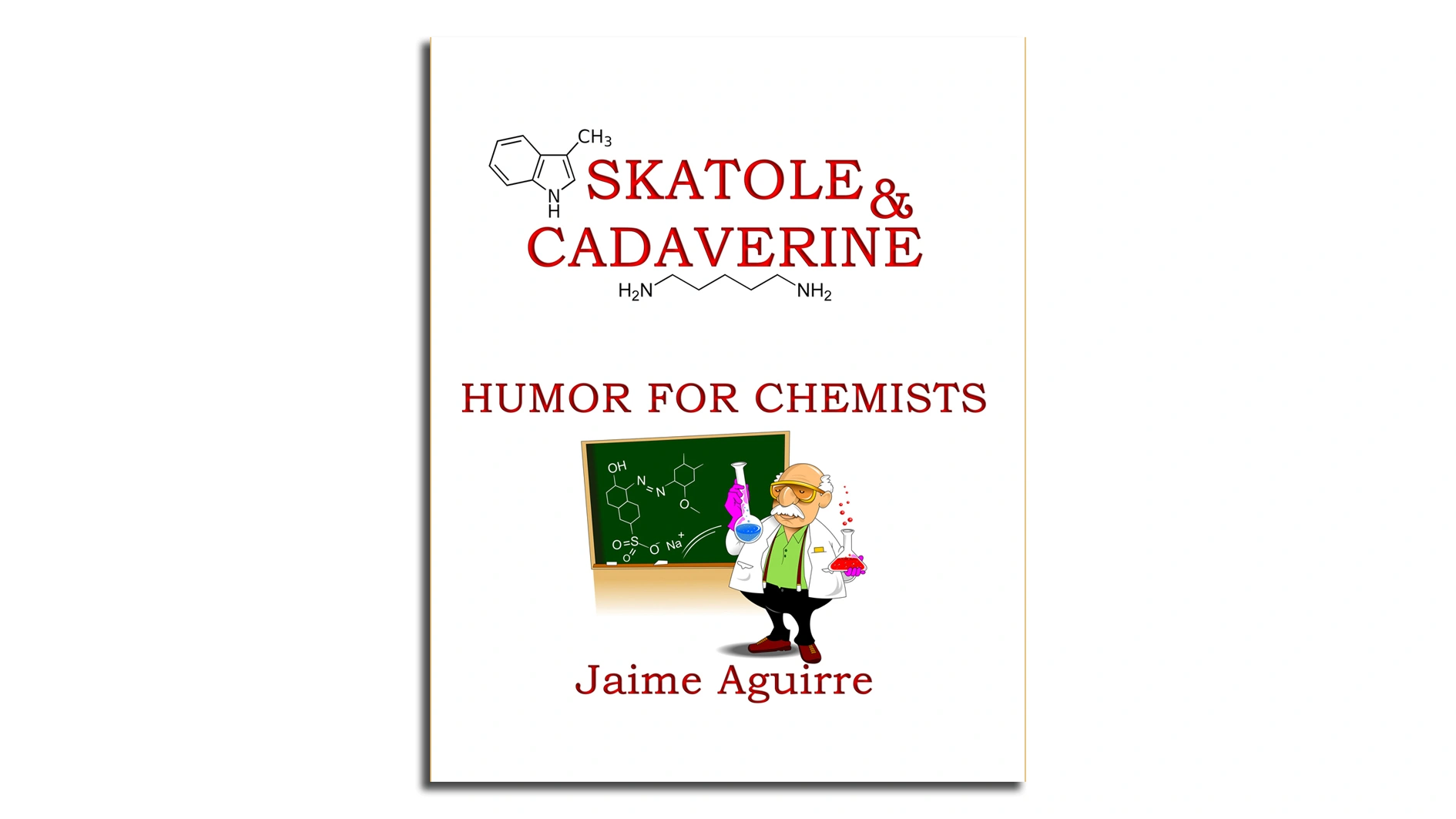
Skatole and Cadaverine
Skatole or 3-methylindole is a mildly toxic white crystalline organic compound belonging to the indole family. It occurs naturally in feces (it is produced from tryptophan in the mammalian digestive tract) and coal tar and has a strong fecal odor.
In low concentrations, it has a flowery smell and is found in several flowers and essential oils, including those of orange blossoms, jasmine, and Ziziphus mauritiana. It is used as a fragrance and fixative in many perfumes and as an aroma compound. Its name is derived from the Greek root skato- meaning dung. Skatole was discovered in 1877 by the German physician Ludwig Brieger (18491919).
Skatole is also used by U.S. military in its non-lethal weaponry; specifically, malodorants.
Cadaverine is a foul-smelling diamine compound produced by protein hydrolysis during putrefaction of animal tissue. Cadaverine is a toxic diamine with the formula NH2(CH2)5NH2, which is similar to putrescine.
Cadaverine is also known by the names 1,5-pentanediamine and pentamethylenediamine.
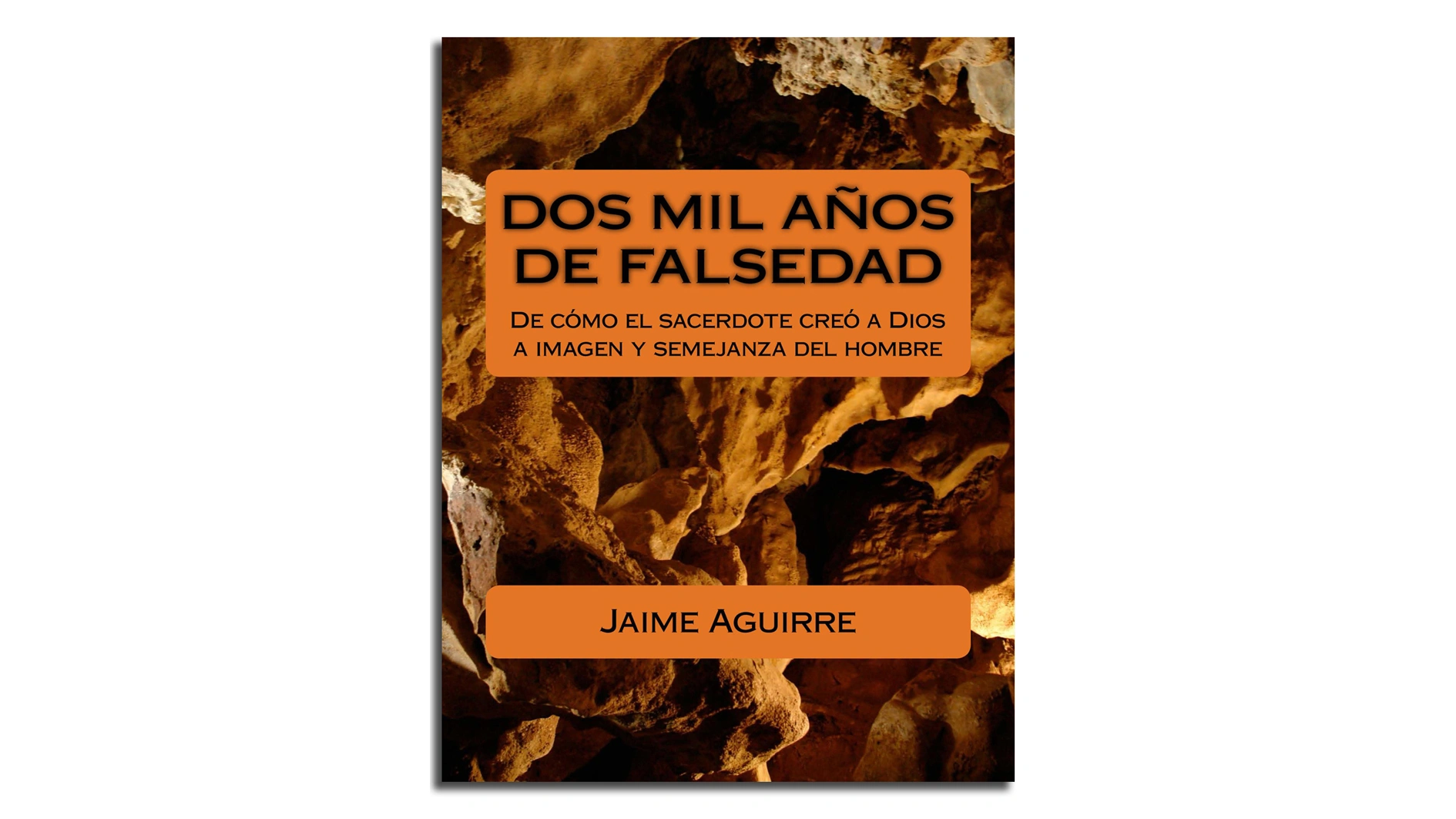
Dos Mil Años de Falsedad
La religión es la respuesta del ser humano al miedo, miedo a lo desconocido, y miedo a los fenómenos naturales, particularmente a aquellos que en potencia causan daño u ocasionan destrucción, como las tormentas, los temblores, los huracanes, etc.
Podemos imaginar al hombre viviendo en las cavernas en una noche de truenos y relámpagos: cuál no sería el terror que invadió su ser! Si aún hoy, cuando todos comprendemos (o al menos aceptamos) la lluvia, los rayos y los truenos como algo muy natural, todavía nos estremecemos en las noches de tormenta.
Qué ideas cruzarían por su mente al ver la luna cambiando de forma y de posición durante las noches, o el sol "avanzando" durante el día! Es fácilmente deducible que la luna y el sol serían los primeros dioses de la humanidad.
En todas las épocas de la historia han sobresalido seres humanos por su inteligencia superior al promedio, hombres y mujeres que han comprendido y profundizado en diferentes aspectos de la complejidad de un problema en un campo determinado. No ha sido distinto en la religión: así como la gran mayoría presa del pánico optó por adorar el sol y la luna, hubo una minoría, unos pocos cerebros sobresalientes del promedio, que fueron más allá de la simple y fácil adoración: vieron en este temor del hombre a lo desconocido una oportunidad única para manipular, dominar y utilizar esa gran fuerza de trabajo.
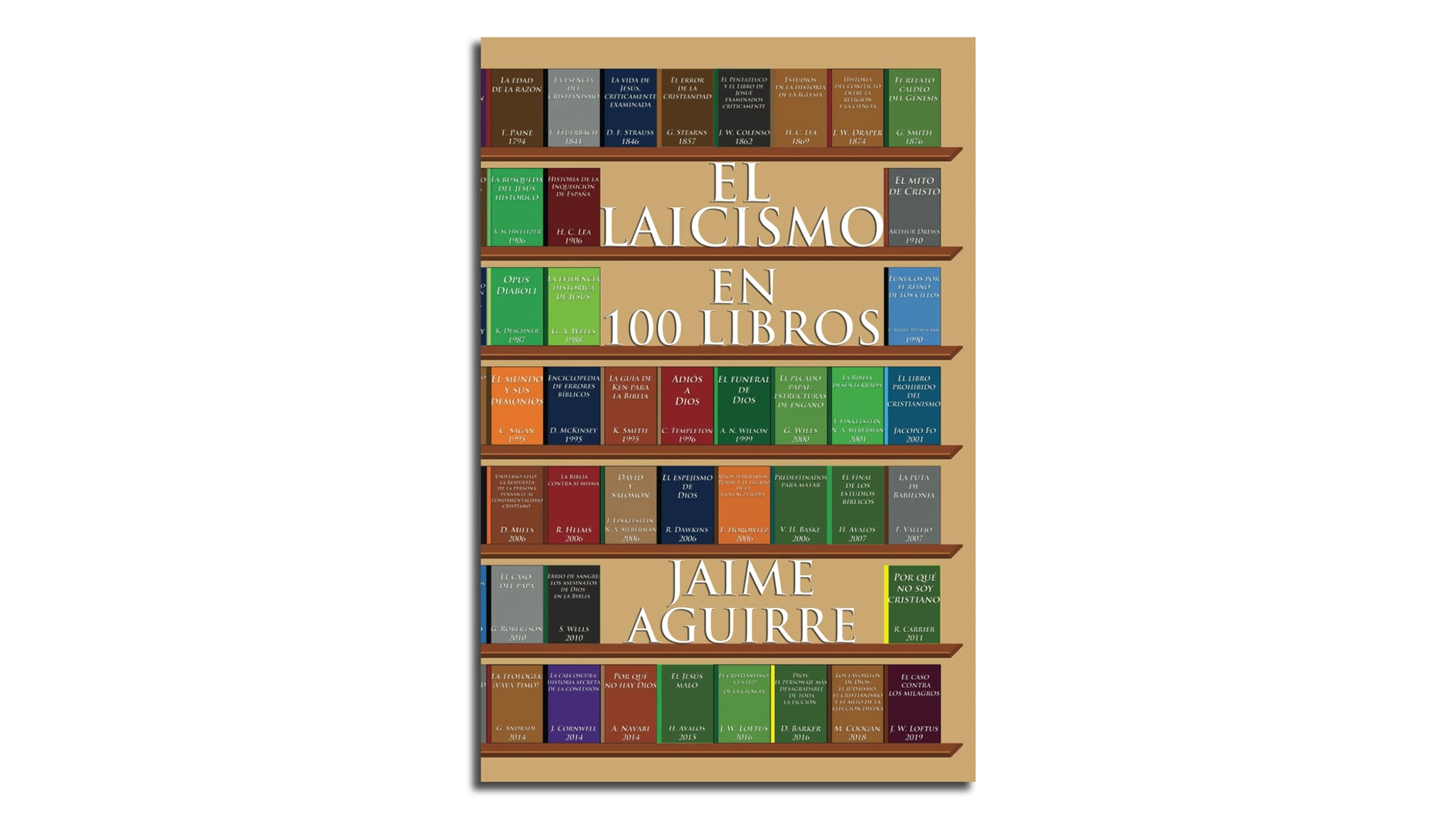
El Laicismo en 100 Libros
La presente obra es una selección cuidadosa de algunos de los miles de títulos que, a lo largo de la historia, se han escrito en contra de la religión.
Cada libro incluido en esta lista viene acompañado de una breve sinopsis, cuyo objetivo es ofrecer al lector una visión general del contenido y de las principales ideas que el autor ha querido transmitir.
Estas sinopsis no pretenden sustituir la lectura de las obras originales, sino más bien servir como una introducción que despierte el interés y oriente la reflexión.
Es fundamental subrayar que estas reseñas proporcionan solo una aproximación preliminar a los textos, y que, para captar plenamente la esencia, la profundidad y la complejidad de cada obra, es indispensable leer el libro completo.
Las ideas que aquí se resumen apenas rozan la superficie del pensamiento de cada autor, y solo a través de la lectura directa es posible explorar de manera integral los matices de sus argumentos y la riqueza de su razonamiento.
A través de esta compilación, se busca proporcionar al lector una herramienta útil para navegar por la vasta y diversa literatura crítica sobre la religión.
Los libros seleccionados abordan el tema desde múltiples perspectivas y enfoques, reflejando la pluralidad de opiniones y debates que han surgido en torno a la religión a lo largo de los siglos.
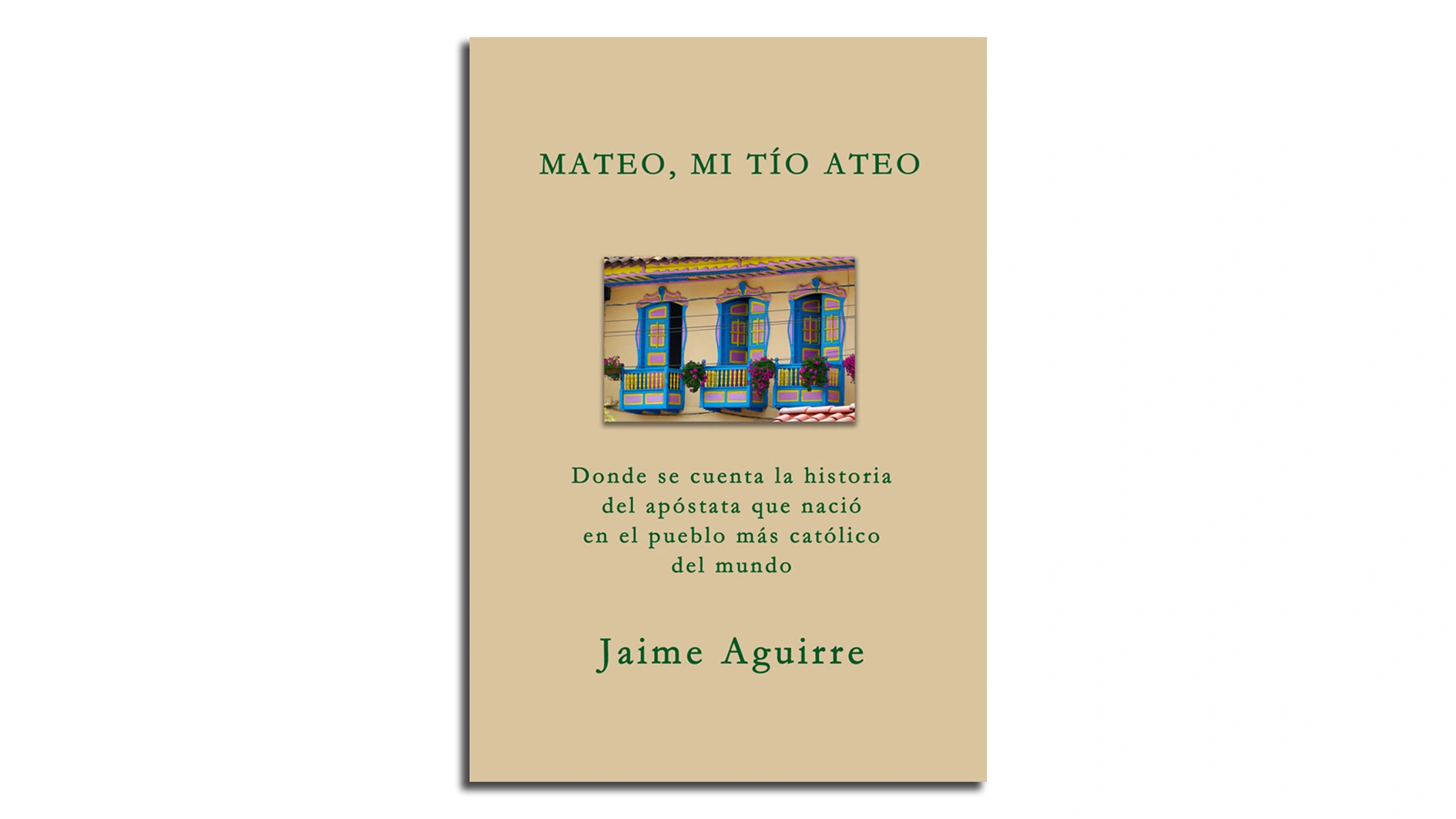
Mateo, Mi Tío Ateo
"Si tu propio hermano, o tu hijo, o tu hija, o tu esposa amada, o tu amigo íntimo, o tu tío, trata de engañarte y en secreto te insinúa: Vayamos a rendir culto a otros dioses, dioses que ni tú ni tus padres conocieron, dioses de pueblos cercanos o lejanos que abarcan toda la tierra, no te dejes engañar ni le hagas caso."
"Tampoco le tengas lástima. No te compadezcas de él ni lo encubras, ni dudes en matarlo. Al contrario, sé tú el primero en alzar la mano para matarlo, y que haga lo mismo todo el pueblo."
"Apedréalo hasta que muera, porque trató de apartarte del Señor tu Dios, que te sacó de Egipto, la tierra donde eras esclavo."
"Entonces todos en Israel oirán esto y temblarán de miedo, y nadie intentará otra vez cometer semejante maldad."
Deuteronomio 13: 6-11.

Memorias de Colombia y Australia
Este libro representa un compendio de mi vida, una crónica visual que busca capturar los momentos cruciales y las transformaciones personales que experimenté a lo largo de mi historia.
A mis 71 años, este documento es la síntesis de mis experiencias vividas en dos países: 39 años en Colombia y 32 años en Australia. Estas dos etapas prácticamente representan dos mitades de mi vida.
La primera mitad comprendió mi infancia, adolescencia y juventud en Colombia, mientras que la segunda mitad ha sido mi período de madurez y años de jubilación en Australia.
Desde las primeras páginas, se pueden apreciar críticas frecuentes a la religión. Cuestionar la fe y la mitología cristiana desde mi infancia fue un determinante fundamental en mi vida.

Mezzo-sopranos y El Amor Brujo
Mezzo-sopranos y El amor brujo es la obra de dos aficionados que quieren compartir su experiencia personal dentro del amplio campo de la música. Está destinado no a un público en particular, sino a todos.
Mezzo-sopranos y El amor brujo es una obra ilustrada, en fina impresión y a todo color, que trata de las diversas versiones discográficas del ballet El amor brujo, de Manuel de Falla, quizá el más importante compositor español del siglo XX, quien se codeó con figuras como Ravel, Debussy, Dukas, Albéniz, Picasso y Stravisnki.
La interesante vida de cada una de las extraordinarias cantantes de El amor brujo, sus luchas y sus triunfos, nos seducen tanto como su arte deslumbrante. Las encumbró su persistencia y su visión de llegar lejos. Ellas aportan su individualidad en una selección interpretativa de gran riqueza. Seguramente el lector encontrará en éste un instructivo libro y gustará de sus páginas —elaboradas con paciencia y esfuerzo— con verdadero interés.
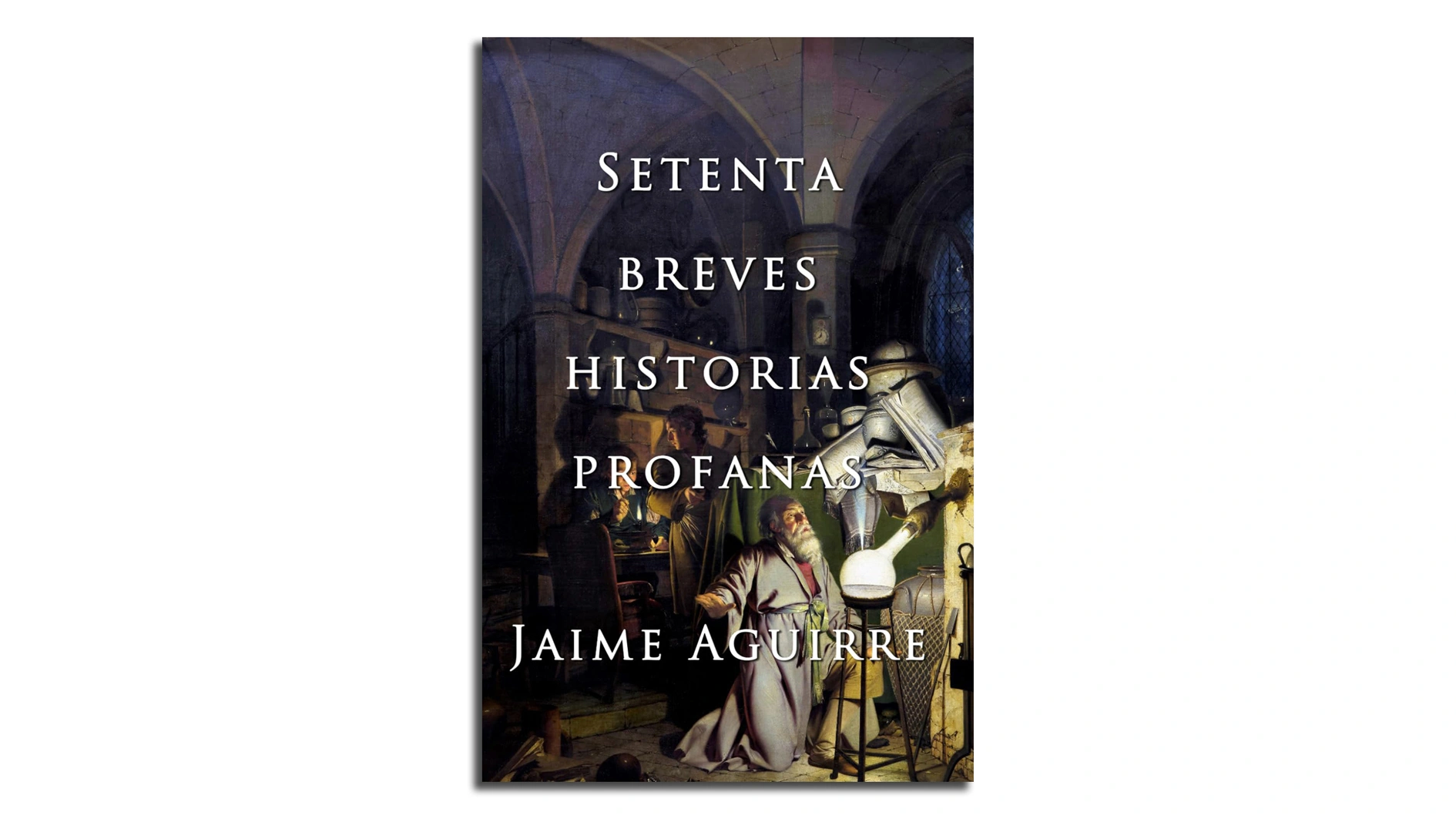
Setenta Breves Historias Profanas
El lector
En las páginas que siguen, el lector quedará introducido, sumergido en el mismo mundo en el que se encontraba. Se encontrará al borde de una brecha dimensional, un umbral que lo transportará hacia un universo completamente conocido y ordinario.
La realidad conocida se disolverá como neblina matinal ante el inminente descenso a un mundo igual, a un reino de posibilidades finitas y misterios inexistentes.
El lector se convertirá en un explorador de lo explorado, un viajero que se hunde en las profundidades del texto, atrapado por su verdad.Cada vuelta de página será un paso más hacia lo conocido, una puerta hacia viejas revelaciones y descubrimientos. En este mundo igual, las reglas pueden ser las mismas, los destinos esperados y los encuentros ordinarios.